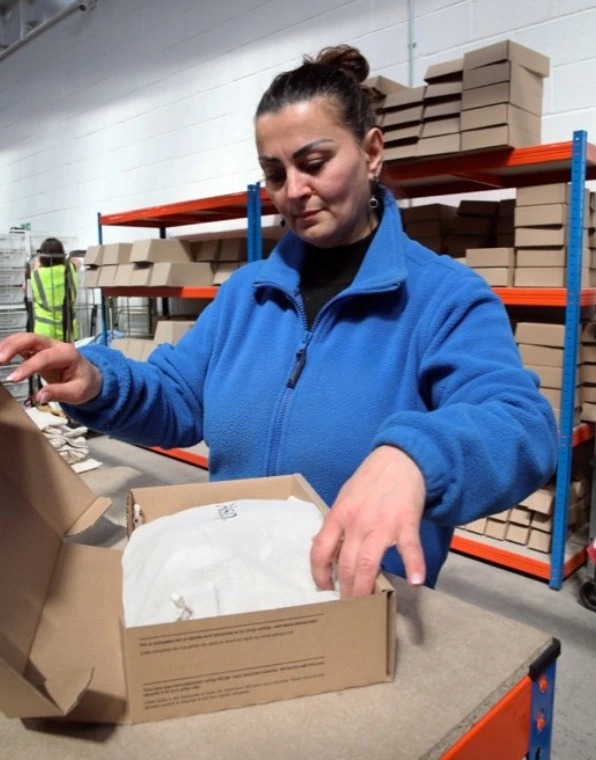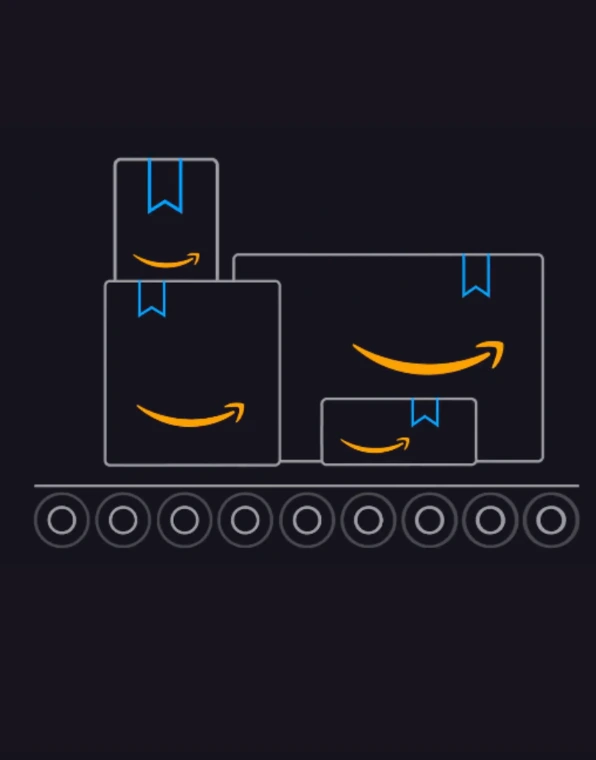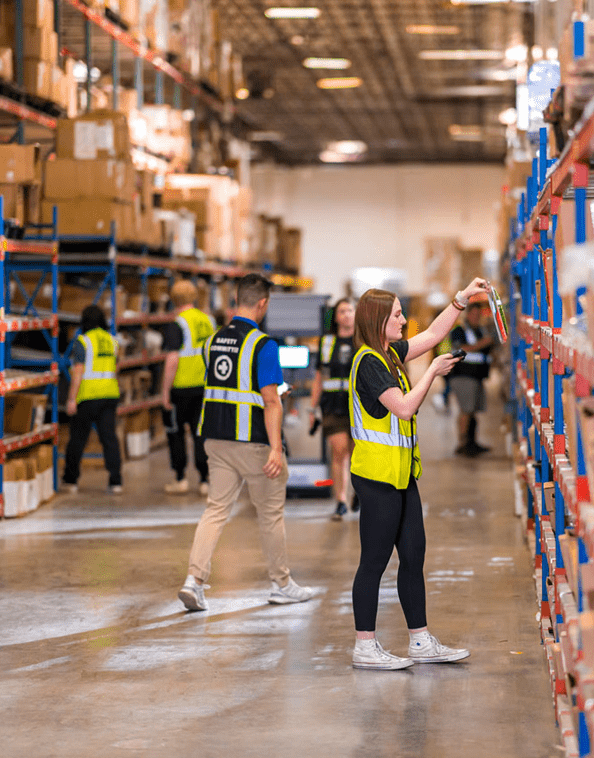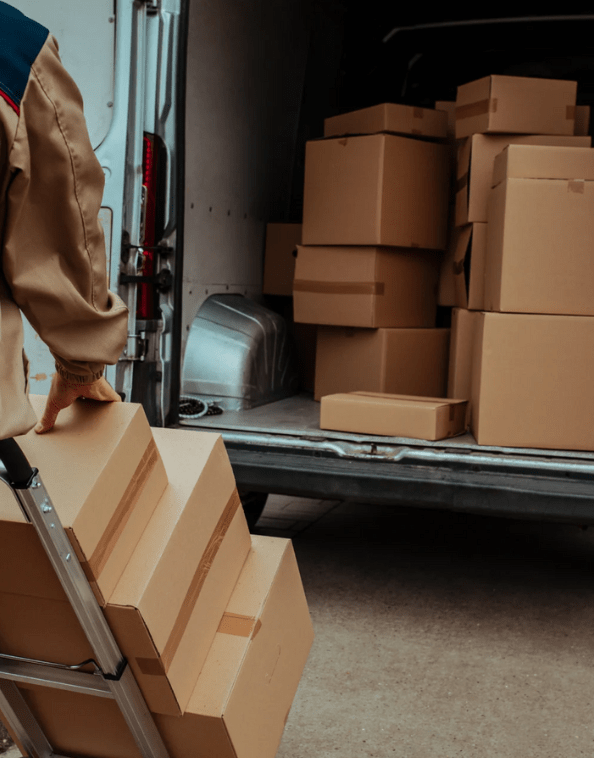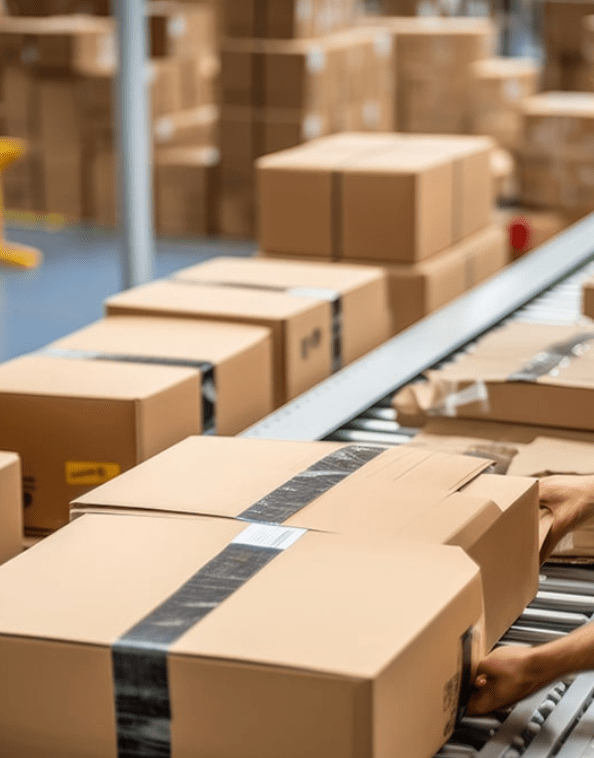In the fast-moving world of eCommerce, success isn’t just about selling products—it’s about delivering the right products quickly, accurately, and cost-effectively. At the heart of this process lies pick and pack fulfillment—a foundational logistics service that can make or break your customer experience.
Whether you’re a fast-growing DTC brand or an established marketplace seller, the partner you choose for your pick and pack services directly affects your ability to scale, reduce overhead, and delight customers. In this guide, we break down what pick and pack is, why it matters, the strategies behind it, and how to choose the right fulfillment partner to fuel your growth.
What Is Pick and Pack Fulfillment?
Pick and pack fulfillment refers to the process of selecting products from inventory (picking) and then packing them for shipment once an order is placed.
Here’s how it works:
Order Received – A customer places an order on your website or marketplace.
Item Picking – Warehouse staff or systems locate and pick the ordered items from storage bins or shelves.
Packing – The items are packed into appropriate boxes or mailers with necessary inserts (like receipts, marketing materials, or branded packaging).
Labeling & Shipping – The package is labeled and shipped using the best method based on the customer’s location and shipping option.
This process seems simple on the surface, but when multiplied by thousands of daily orders, across hundreds of SKUs and product variations, accuracy, speed, and efficiency become crucial.
Why Pick and Pack Efficiency Matters
Your pick and pack process impacts:
Customer Satisfaction – Late, missing, or incorrect items lead to poor reviews and returns.
Cost Control – Inefficient fulfillment leads to higher labor, packaging, and shipping costs.
Brand Perception – Packaging and delivery are the first physical touchpoint customers have with your brand.
Scalability – Without a reliable fulfillment process, growth becomes chaotic and unsustainable.
In short: a poor fulfillment process will hold your business back. A great one will drive repeat purchases, improve unit economics, and fuel long-term brand loyalty.
Common Pick and Pack Strategies (and Which One Is Right for You)
The best fulfillment partners use a tailored pick and pack strategy based on your business model, SKU count, and order volume.
1. Piece Picking (Single Order Picking)
Best For: Small businesses or stores with unique items
How It Works: A warehouse worker picks each item in an order, one order at a time.
Pros: High accuracy
Cons: Slower and less efficient at scale
2. Batch Picking
Best For: High-volume SKUs and flash sale scenarios
How It Works: Multiple orders with the same items are grouped and picked simultaneously.
Pros: Time-saving, minimizes walking distance
Cons: Requires coordination and strong WMS support
3. Zone Picking
Best For: Medium to large-scale operations with many SKUs
How It Works: The warehouse is divided into zones. Workers pick items from their assigned zone only.
Pros: Efficient and scalable
Cons: Requires handoff coordination between zones
4. Wave Picking
Best For: Peak season or high-order volumes
How It Works: Combines batch and zone picking. Orders are grouped and processed in waves.
Pros: Extremely efficient
Cons: Requires robust technology and planning
A strategic 3PL (third-party logistics provider) will match your needs to the right combination—or even develop a hybrid model—to deliver maximum efficiency and accuracy.
Technology and Tools Behind High-Performance Pick and Pack
Modern pick and pack operations go far beyond manual picking. The best fulfillment partners use:
Warehouse Management Systems (WMS): Real-time tracking of inventory and order flow.
Barcode Scanning and RFID: To reduce human error and increase picking accuracy.
Pick-to-Light or Voice-Picking Systems: To guide warehouse workers efficiently.
Smart Packaging Algorithms: To optimize box size and reduce DIM weight charges.
Automation and Robotics: In larger warehouses, robots assist with item retrieval and sorting.
Choosing a fulfillment partner with strong technology infrastructure isn’t optional—it’s essential.
What to Look for in a Pick and Pack Fulfillment Partner
When evaluating fulfillment providers, here’s what to prioritize:
1. Accuracy Rates
Ask for their picking accuracy rate (aim for 99.9%+). Mistakes = returns, refunds, and lost trust.
2. Speed of Fulfillment
Can they meet your SLAs? Next-day or even same-day fulfillment is table stakes in many markets.
3. Scalability
Will the partner support your seasonal spikes or rapid growth without breaking down?
4. Tech Integration
Do they integrate with your eCommerce platform (Shopify, Amazon, WooCommerce, etc.) and give you real-time visibility?
5. Customization
Do they offer branded packing, kitting, inserts, and special handling if needed?
6. Cost Transparency
What are the storage, pick/pack, and shipping fees? Are there hidden minimums or startup costs?
7. Location of Fulfillment Centers
Strategically placed warehouses = lower shipping costs and faster delivery times.
Benefits of Partnering with a 3PL for Pick and Pack Fulfillment
Outsourcing p to a third-party fulfillment provider offers:
Lower Overhead: No need to manage your own warehouse or hire in-house fulfillment staff.
Faster Fulfillment: Optimized workflows = faster shipping, happier customers.
Focus on Growth: Spend less time managing logistics and more time scaling your brand.
International Expansion: Tap into global fulfillment centers to reach new markets.
The right 3PL acts as an extension of your brand—not just a shipping center.
Comparing Pick and Pack Fulfillment Providers: Questions to Ask
Here are some critical questions to help you compare providers:
What is your average order accuracy rate?
How fast can you process and ship orders?
What integrations and dashboards do you offer?
What is your process for handling errors or returns?
Can you support custom kitting, bundles, or packaging?
Are your facilities climate-controlled or secure for high-value items?
What is your pricing structure for pick, pack, and storage?
Don’t just settle for the cheapest. Look for a partner who understands your business goals and can scale with you.
Final Thoughts: Choosing the Right Fulfillment Partner
As eCommerce becomes more competitive, fulfillment is no longer just a backend function—it’s a growth lever. Your pick and pack process shapes everything from customer satisfaction to shipping costs to repeat purchase rates.
Whether you’re shipping 50 orders a day or 5,000, choosing the right 3PL for pick and pack services can help you:
Improve fulfillment speed and accuracy
Lower operational costs
Elevate your brand experience
Expand into new markets
Focus on what you do best: growing your business
Ready to Upgrade Your Fulfillment Strategy?
If you’re evaluating partners for pick and pack fulfillment, look for a provider who brings more than just warehouse space. Look for a strategic partner—someone who will optimize your logistics, adapt to your growth, and deliver a seamless customer experience every time. See how FulfillMe can help.

Norman Kravitz is a logistics and fulfillment expert with extensive experience in e-commerce supply chains, currently serving as CEO and Founder of FulfillMe, a technology-enabled 3PL provider. Beginning his career at the United States Postal Service and later leading operations at Ddu Express, he has deep expertise in freight forwarding, inventory management, and cost optimization. Norman’s strategic approach to logistics operations and e-commerce fulfillment positions him as a trusted authority in the 3PL industry.

